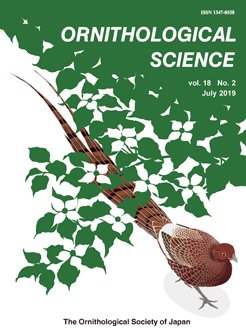In the springs of 2016–2017, 42 nests of the Syrian Woodpecker Dendrocopos syriacus were surveyed in 400 ha of the mountainous region of southwestern Iran. Egg laying began in late March. Clutch size was between three and five eggs (mean: 4±0.6, median: 4, N=26). The incubation period varied from nine to 13 days (mean: 10.7±1.2 days). Hatching most often occurred in the last two weeks of April. The number of eggs that hatched in successful nests (N=25) was 2–5 (mean: 3.6±0.9), and hatching percentage (N=26) was 66.4%. The duration of the nestling period was 25–28 days (mean: 25.9±0.05 days), with fledging dates ranging from 7 May to 29 June, with most chicks fledging in mid-May. The number of fledglings from successful nests (N=19) was 1–5 (mean: 3.2±1.1), whereas the mean number of fledglings from all nests (N=35) was 1.7±1.8. The percentage of successful nests (at least one fledged young, N=19) was 54.3%. European Starlings Sturnus vulgaris caused the failure of two nests in 2016 and 12 nests in 2017, resulting in nesting success of 81.3% in 2016 but only 31.6% in 2017. The overall duration of breeding varied from 38 to 44 days (mean: 40.4±1.8 days).
How to translate text using browser tools
27 January 2020
Reproductive Biology of the Syrian Woodpecker Dendrocopos syriacus —A Case Study from Southwestern Iran
Arya Shafaeipour,
Behzad Fathinia,
Gilberto Pasinelli
ACCESS THE FULL ARTICLE

Ornithological Science
Vol. 18 • No. 2
January 2020
Vol. 18 • No. 2
January 2020
breeding biology
breeding success
Brood failures
Nest parasite
Primary hole nesters




